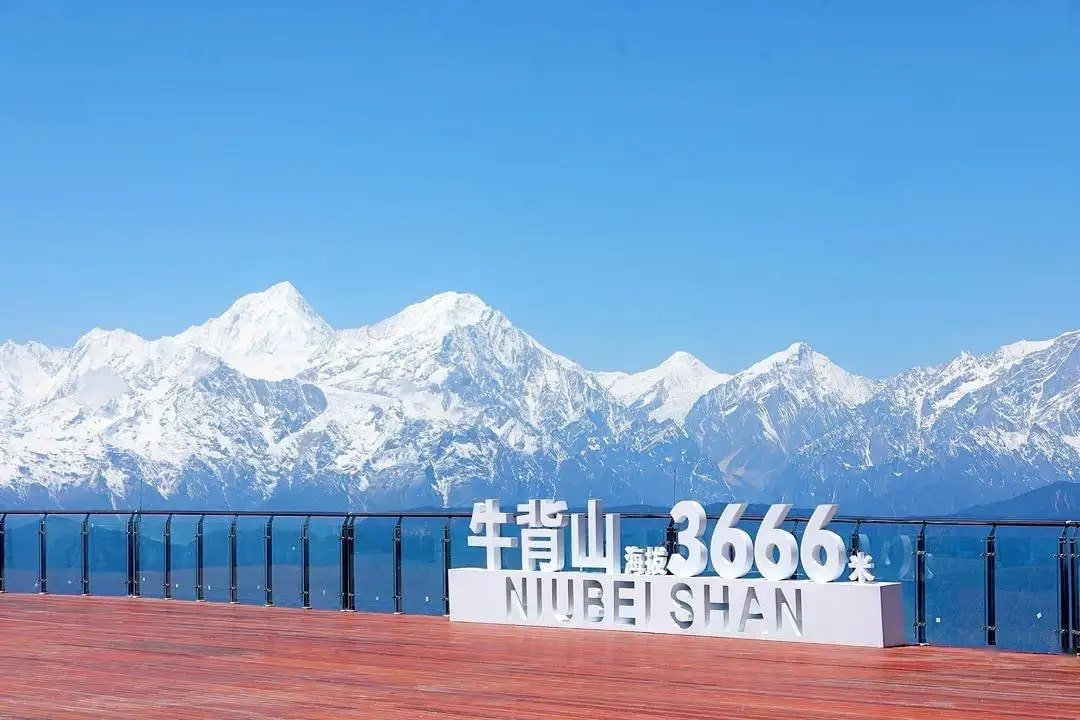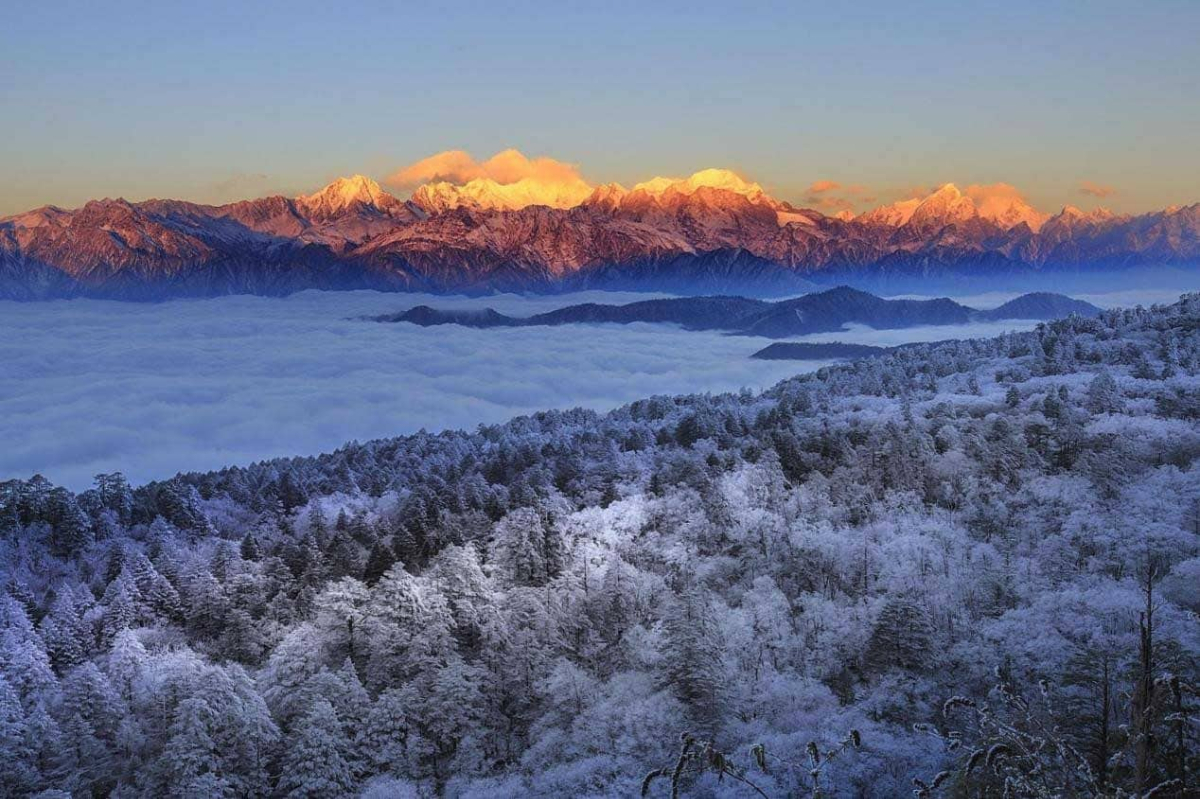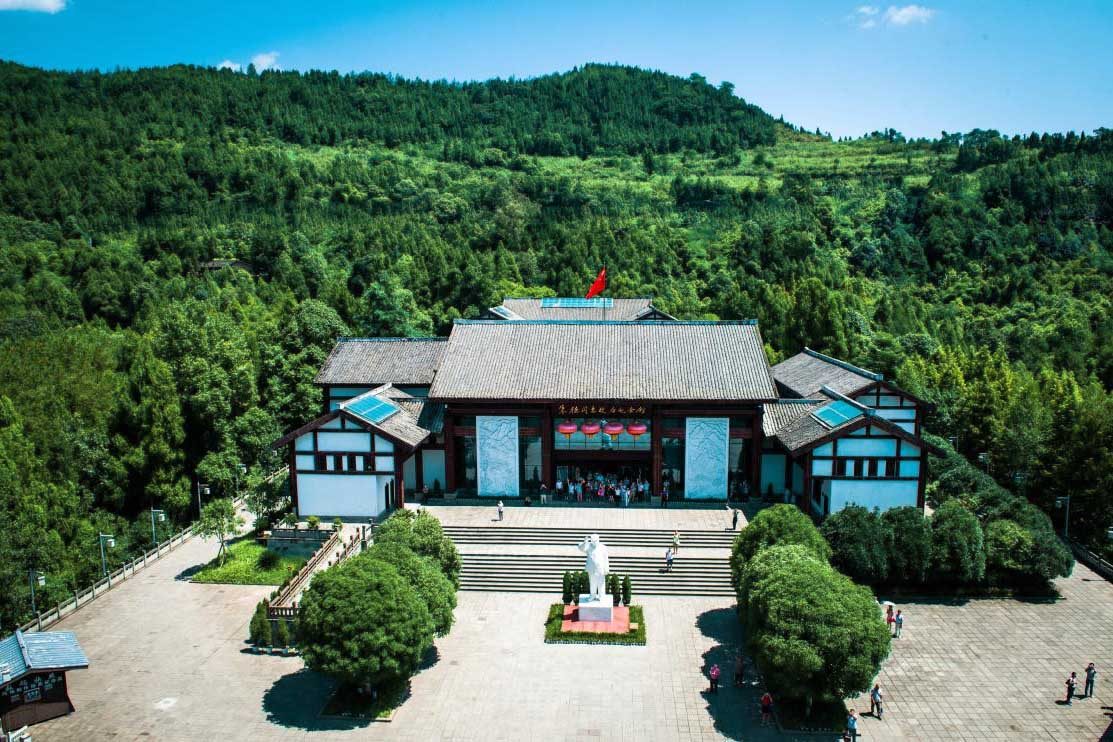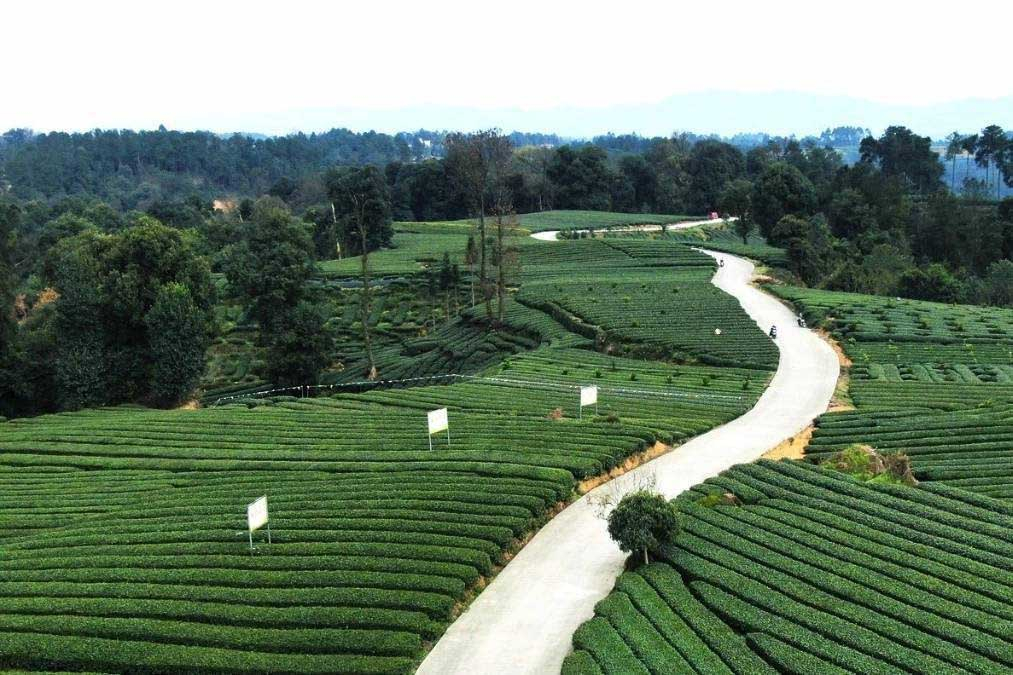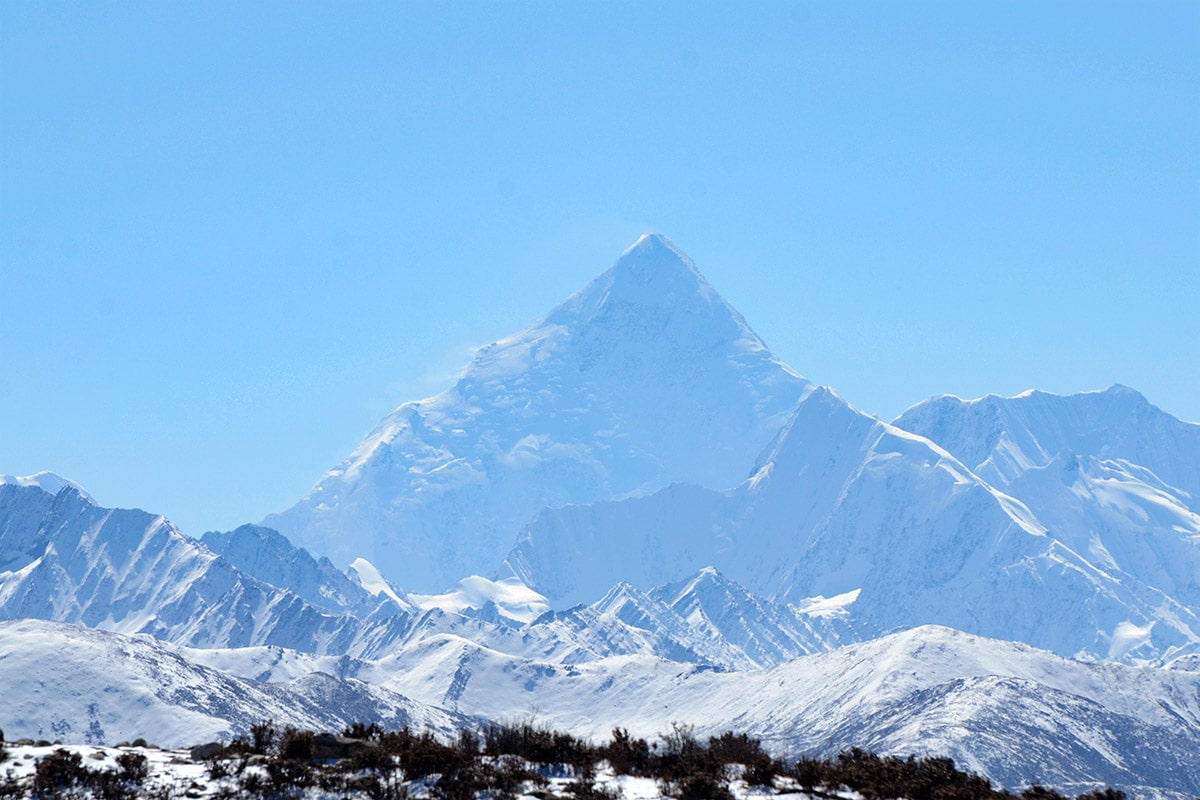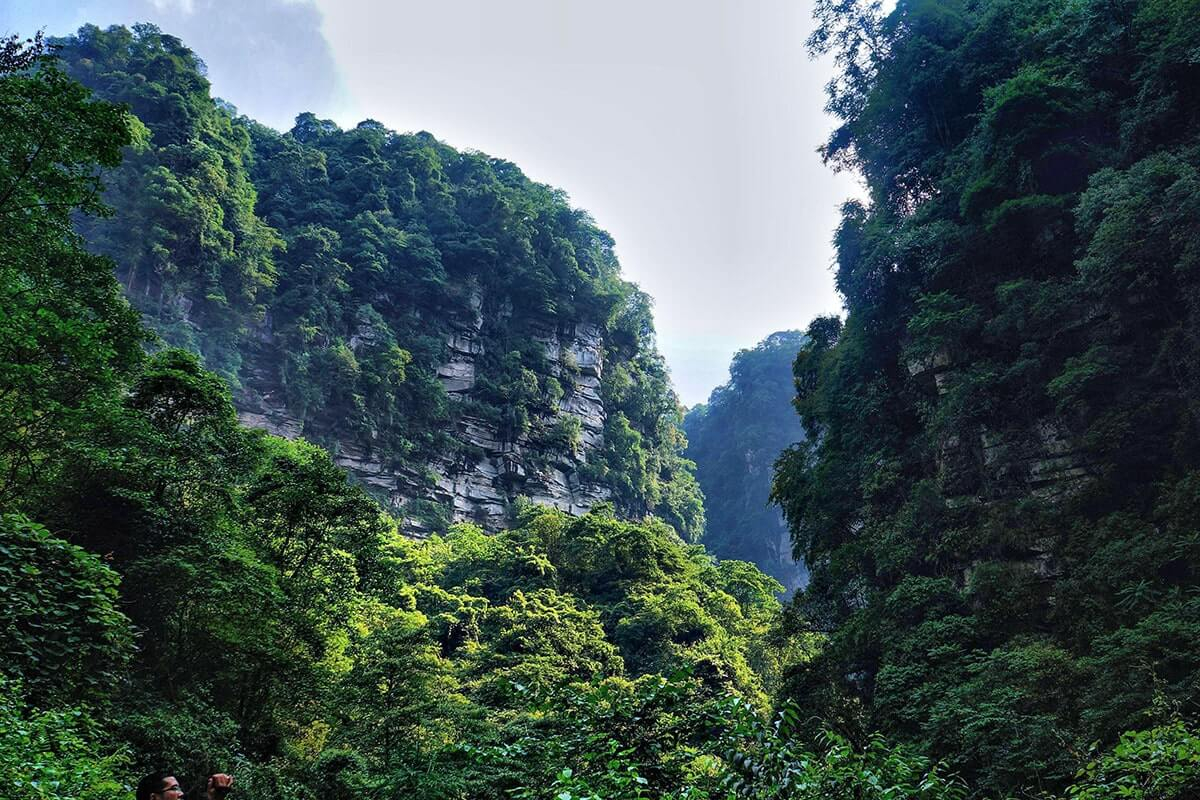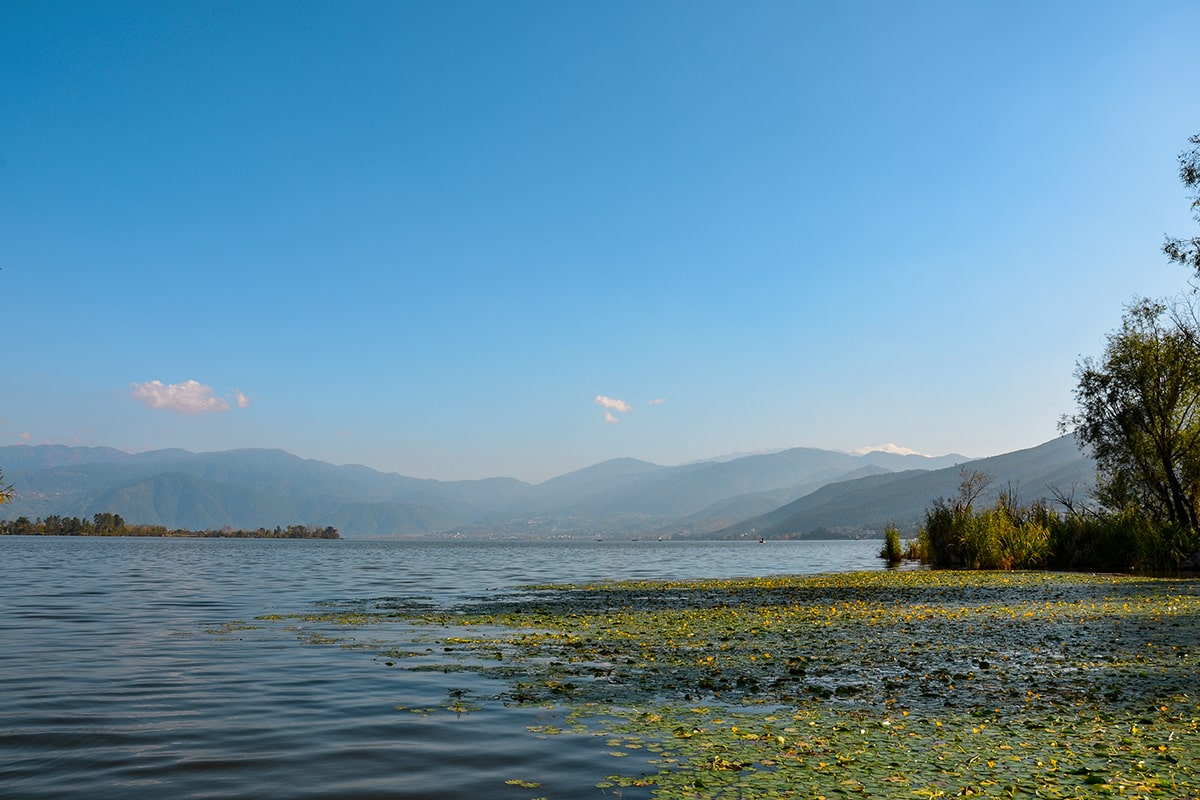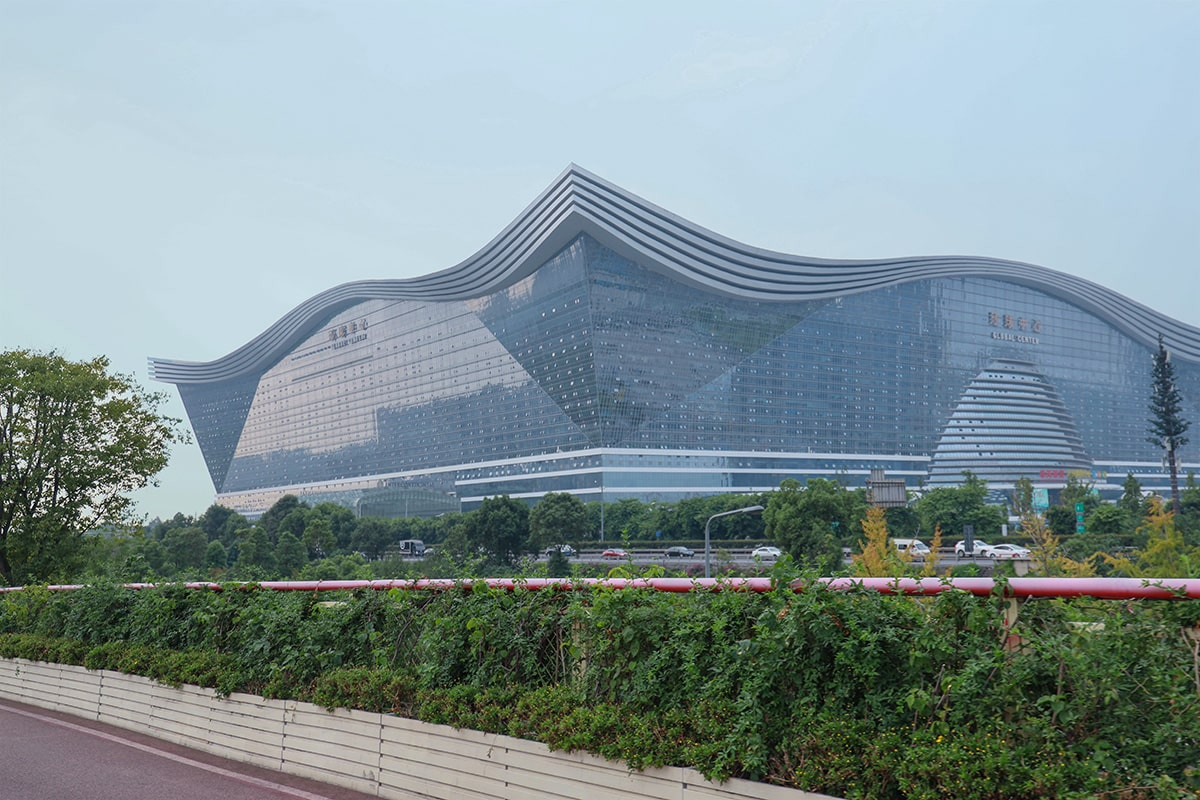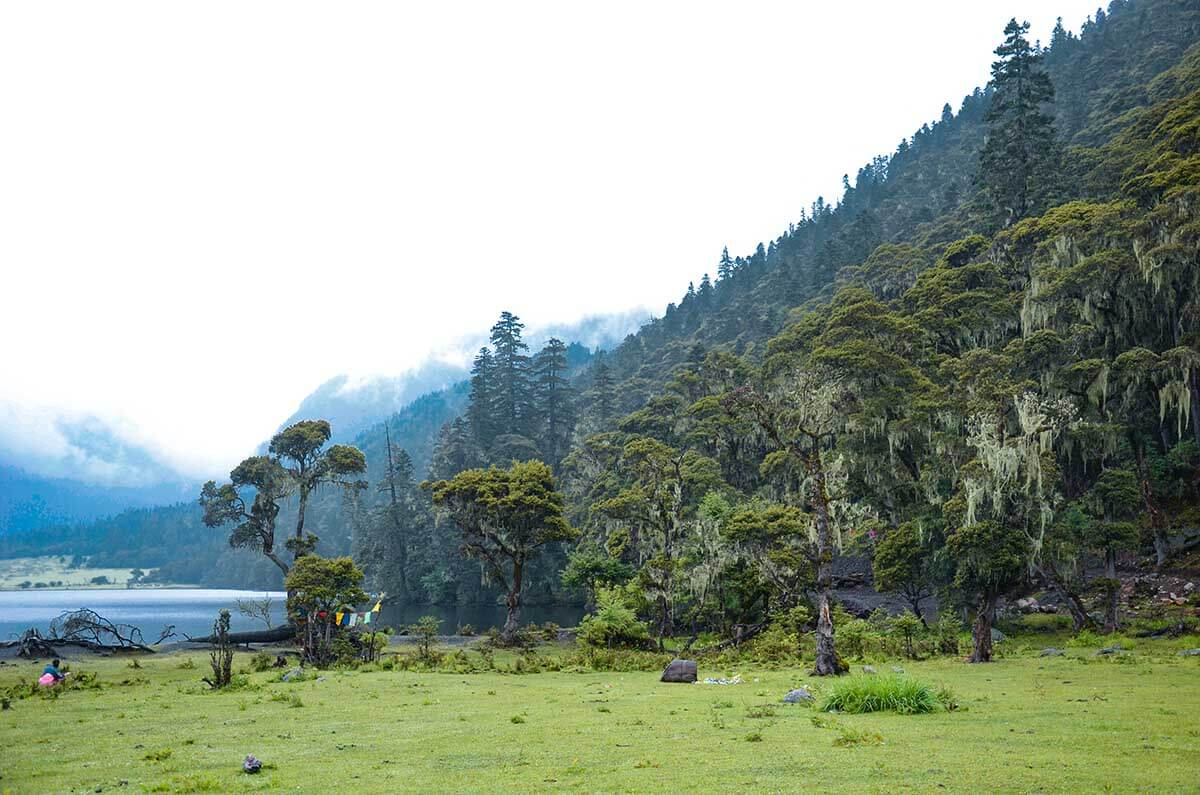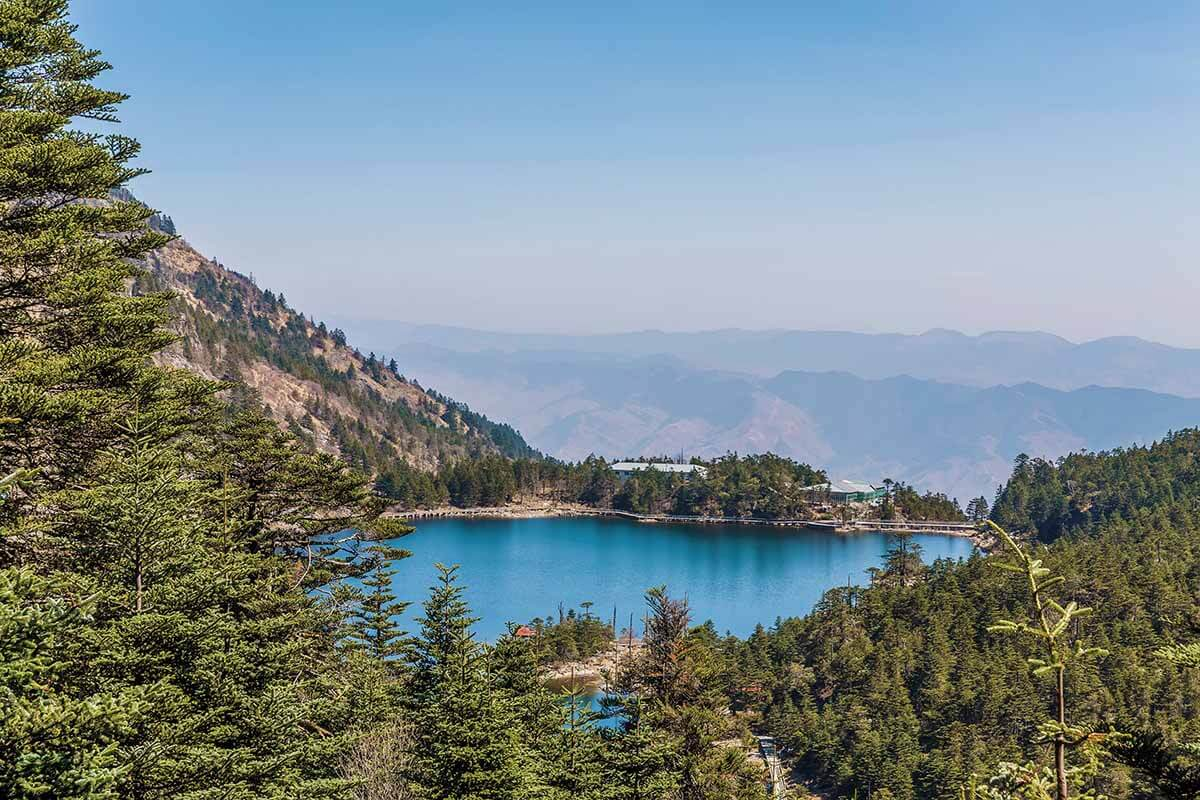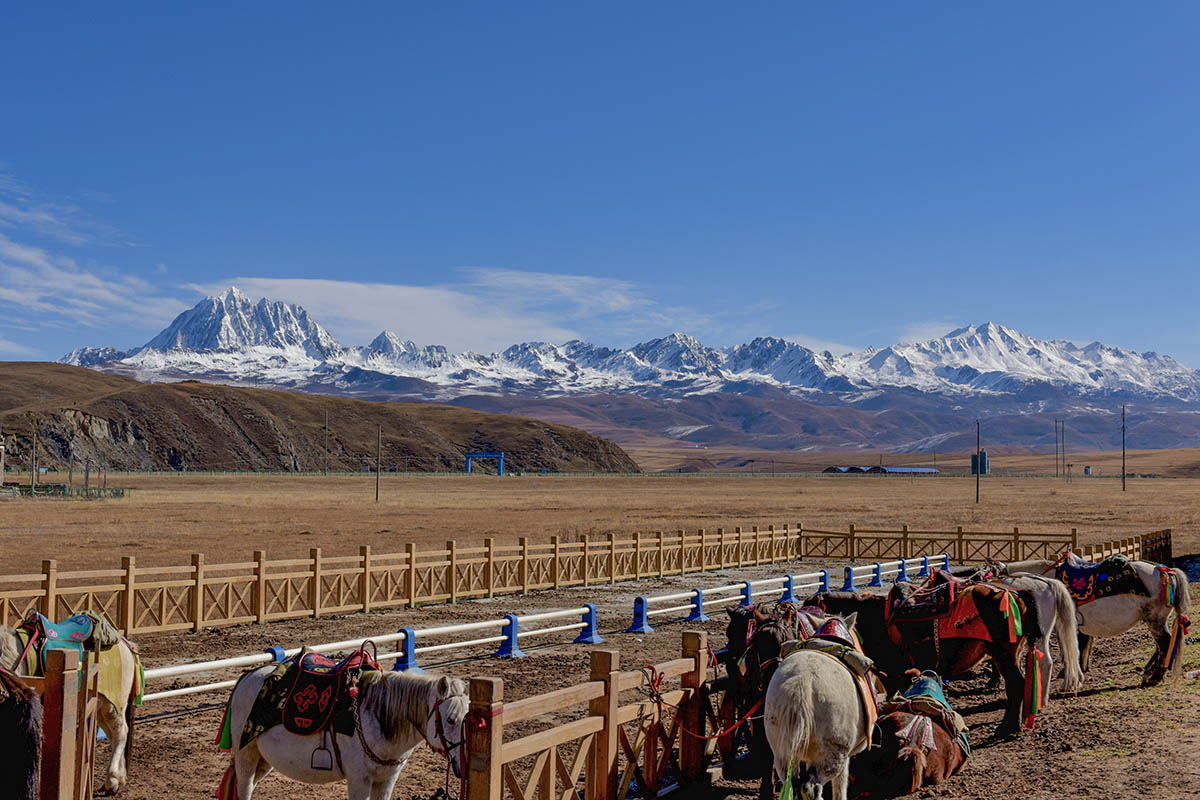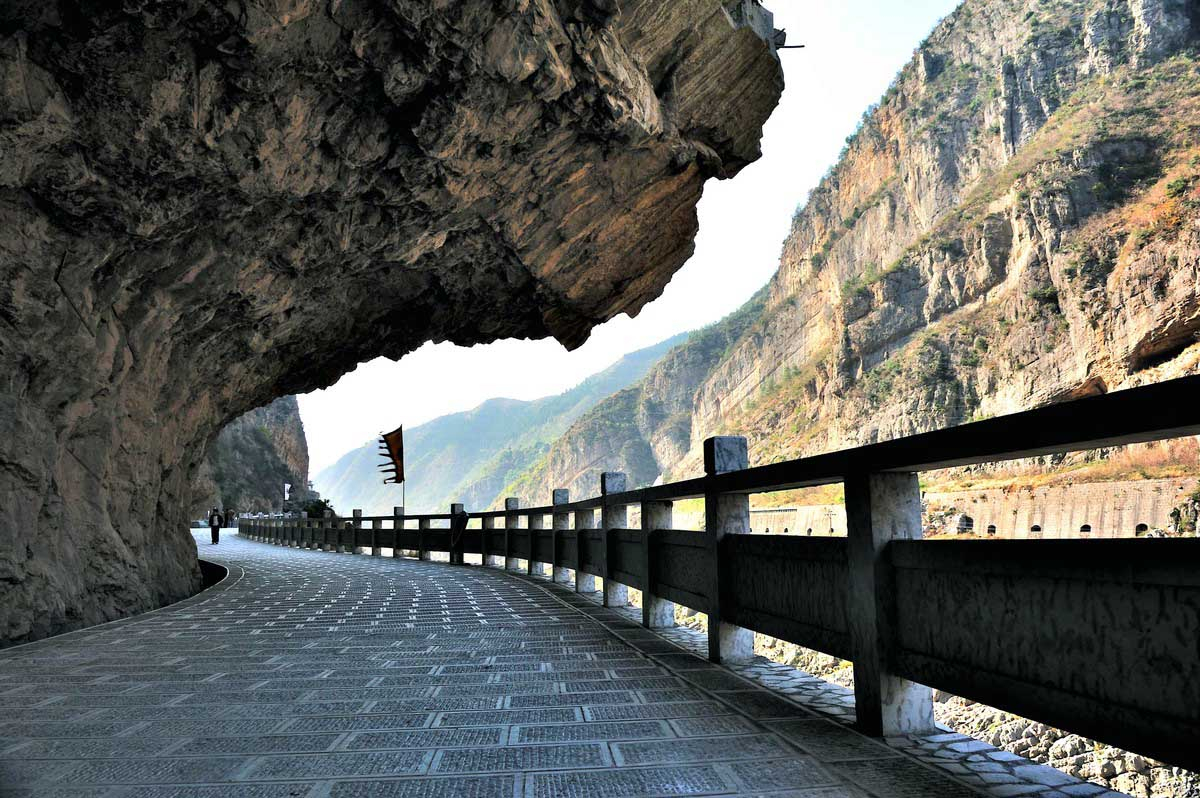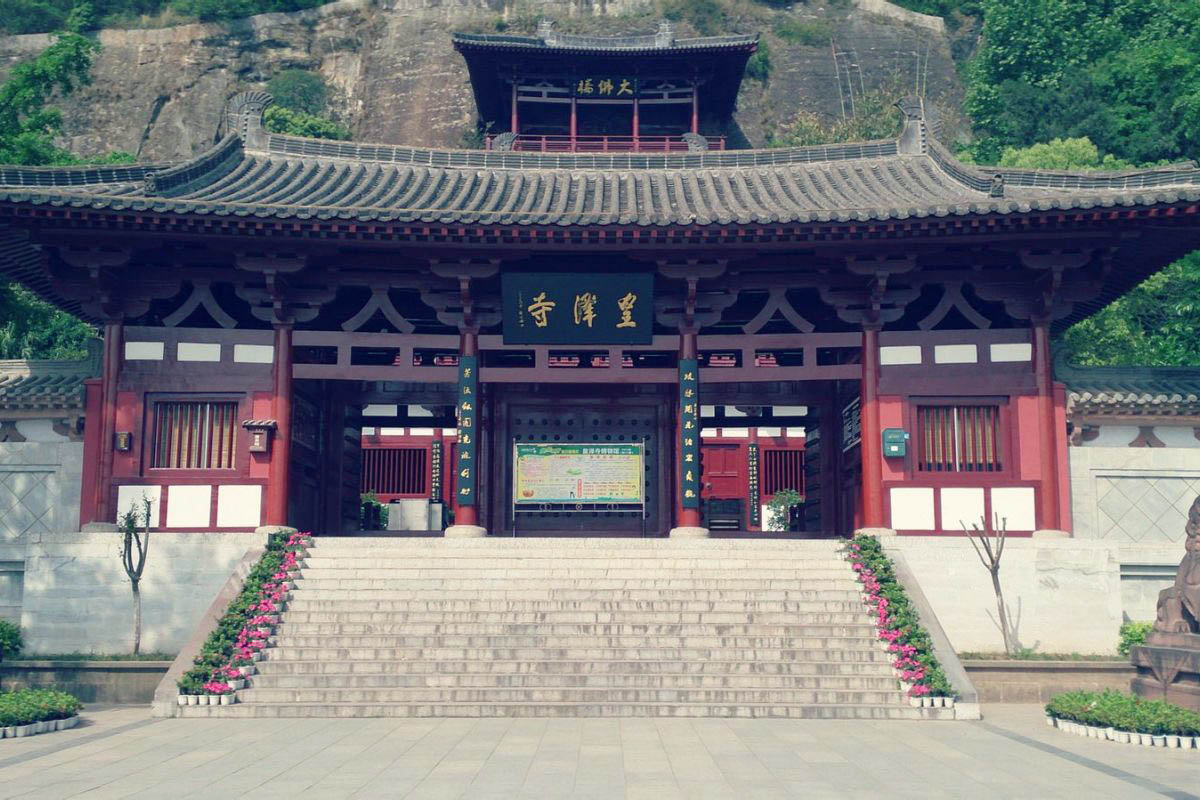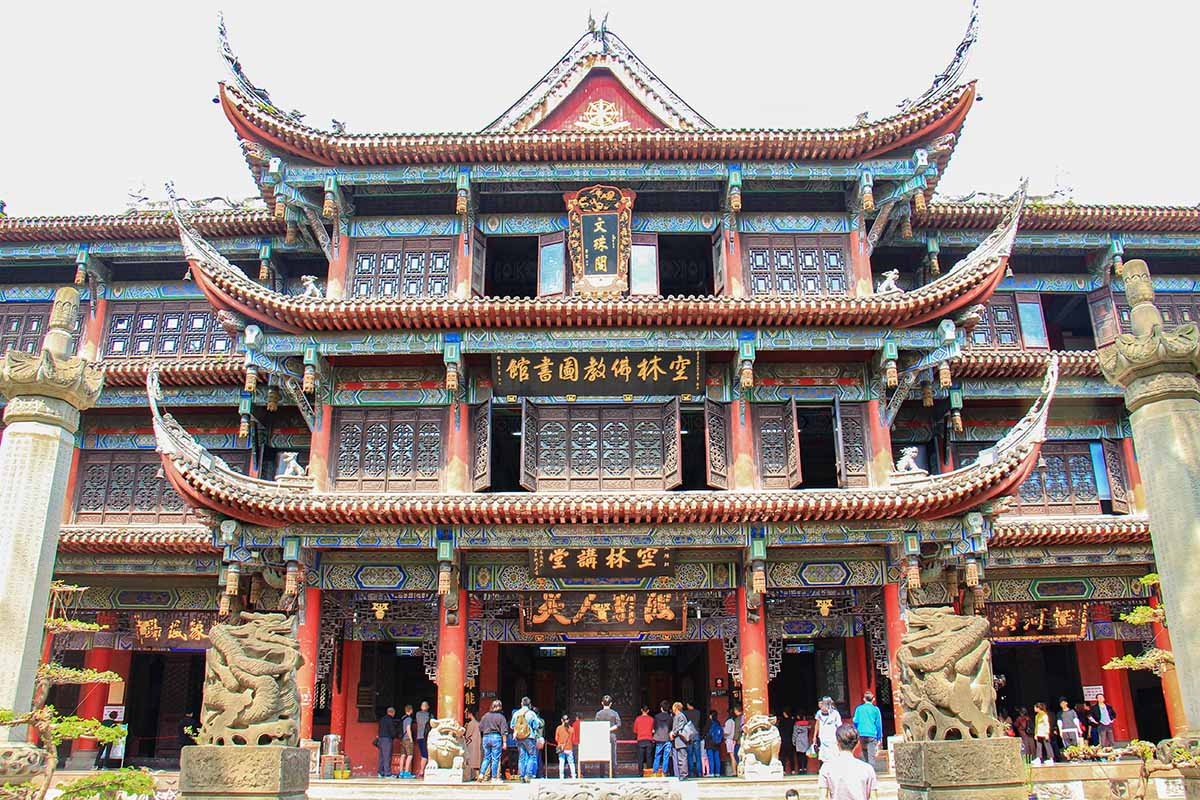Qiong Hai Lu Mountain Scenic Area
Chinese Name: 泸山邛海风景区(Lu Shan Qiong Hai Feng Jing Qu)
Location: No.28, the Middle Section of Haibin Road, Xichang, Liangshan Yi Group Autonomous Prefecture, Sichuan Province
Ticket: Entrance ticket for Lushan Mountain CNY45.00, cableway ticket CNY65.00 (to & fro)
Estimated tour time: Full-day
Recommended time to visit: All year round.
Nearby attractions: Luoji Mountain, Lugu Lake, Xichang Satellite Launch Center, Anha Yi Village, etc.

Xichang is the capital city of Laingshan Yi Group Autonomous Prefecture. Its altitude is about 1,500 meters (4,921 feet) above sea level. The city proper covers an area of 44 square kilometers (17 sq.mi) with a population of 300,000. Xichang is well-known as the City of Sunshine which is also one of the major fruit producers in China. The city is inhabited by Yi people. The total population of Yi Group in China is about 8.8 millions. Most of them live in the southwest part of Sichuan Province. Yi people can be also found in Yunnan Province, Guizhou Province and Guangxi Zhuang Group Autonomous Region.
Qionghai Lake,a natural lake next to downtown Xichang and a locals’ favorite for a weekend hangout. It is the second largest freshwater lake in Sichuan Province, which was called Qiongchi (Qiong Pool) in ancient times. It is a fault Lake in the early Pleistocene, with a history of about 1.8 million years. It is shaped like a snail, 11.5 km long from north to south, 5.5 km wide from east to west, 35 km in circumference, and a water area of 31 square kilometers. Currently, Qionghai Lake is designed as national Qionghai Wetland Park. Along Qionghai Wetland contains a series of individually-landscaped sections.
The cycling paths in the park make it perfect to pedal around -- visitors can find major bike rental places at the entrance of the Birdwatching Island Wetland (观鸟湿地) or by the Qionghai Bay (邛海湾). Walk further south along the lake, and you will encounter the most beautiful spot by Qionghai Lake, Qionghai Bay. If you are travelling toward Zhaojue (昭觉) on the mountain-hugging road, do keep you eyes open for a breathtaking overview of Qionghai Lake which looks like a crystal mirror embedded in mountains.
● Lushan Mountain
Mt.Lushan is located on the west coast of Qionghai Lake, with beautiful mountains and towering ancient trees, its summit is 2,317 meters above sea level. Therein lies Guangfu Monastery (光福寺), Sanjiao Nunnery (三教庵) and Guanyin Pavilion (观音阁), in which birds and cicadas sings, bells chimes and chanting reverberates. The Liangshan Yi’s Slavery Society Museum is also located here. In addition, there are many kinds of rare animals and plants in the forest, such as pines, cypresses, kudzu vine and so on.
● Guangfu Monastery
Guangfu Monastery was originally built in 642, the fifteenth year of Taizong Emperor’s reign, during the Tang Dynasty (618-907). It used to be called the Grand Buddha Monastery in ancient times. The present building could be dated back to 1882, the eighth year of Emperor Guangxu’s reign in the Qing Dynasty (1644-1911). The monastery is a huge compound in which a group of buildings stand. The buildings are the Heavenly Kings Hall, the Tower for overlooking the lake, the Three Saints Hall, the Hall of Avalokitesvara Bodhisattva, the Mahavira Hall and the Shrine of Both Meng’s Family and Duan’s. There is a cypress tree in front of Meng-duan Shrine which was over 2,000 years old.
● The Liangshan Yi’s Slavery Society Museum
Due to its special history, society, geography and other reasons, Sichuan’s Liangshan Yi Autonomous Prefecture has maintained a complete slavery society on the eve of the democratic reforms in 1956. This is also rare in the world. Scholars regard it as a living fossil to study the form of slavery society. This Museum was opened on August 4, 1985 which is the first national museum in China and the only museum in the world that reflects the form of slavery society.
The museum houses 4196 pieces of Yi cultural relics, including gold, silver, jewellery, jade, copper, iron, wood, bamboo, leather, wool, bone, horn, paper, silk, stone and other items. It displays nine parts of the exhibition sequence department, social productivity, rank and class, family customary law, marriage and family, religious beliefs, literature and art, customs, slaves and the struggle of the working people against slavery. Reproduce the original appearance of the Yishan slavery society. The film recording hall displays historical information films and various folk and folk films.
- HOTEST
- RECOMMEND
